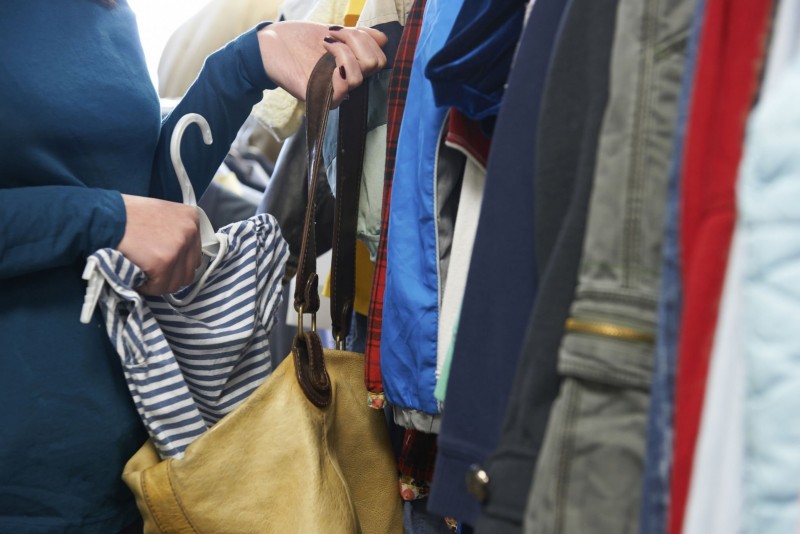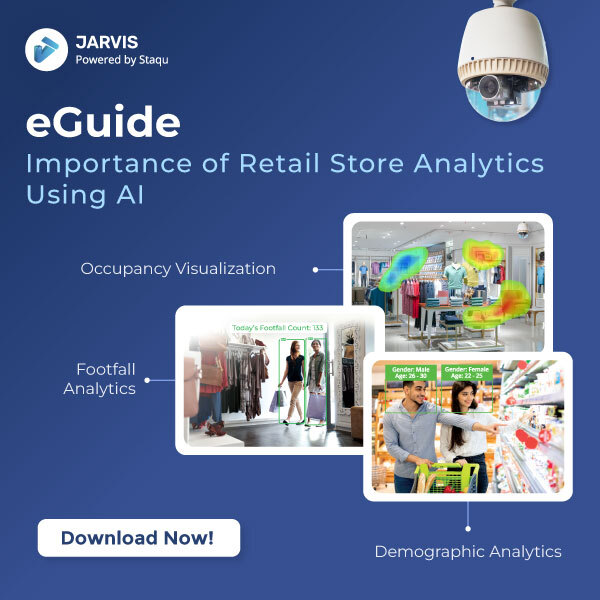How Video Analytics Can Help Retailers Reduce Shoplifting Losses

Shoplifting is a major problem for retailers, costing them billions of dollars each year. In 2022, shoplifting cost retailers an estimated $61.7 billion. Traditional methods of deterring and detecting shoplifting, such as security guards and cameras, can be effective, but they can also be expensive and labor-intensive.
Video analytics is a new technology that can help retailers to reduce shoplifting losses. Video analytics uses computer vision and machine learning to automatically identify and track objects and people in video footage. This can be used to detect suspicious activity, such as people concealing merchandise or leaving the store without paying.
Book A Free Demo
How Video Analytics Works
Video analytics systems typically work by first identifying objects in the video footage. This can be done using a variety of methods, such as object detection, object tracking, and image classification. Once the objects have been identified, the system can then analyze their behavior to identify suspicious activity.
For example, a video analytics system might be able to identify a person concealing merchandise by their body language. The system could also identify a person leaving the store without paying by tracking their movement through the store and detecting when they pass through a checkout counter without making a purchase.
Here are some best practices for using video analytics to combat shoplifting
- Identify the specific types of shoplifting that are most common in your store. This will help you to select the right video analytics features.
- Place cameras in strategic locations to maximize coverage of high-risk areas. This could include areas near cash registers and high-value merchandise.
- Configure the video analytics system to detect specific suspicious activities. This could include people concealing merchandise, removing tags, or leaving the store without paying.
- Set up alerts so that you are notified when suspicious activity is detected. This will allow you to take action quickly to prevent shoplifting.
- Train your staff on how to use the video analytics system. This will help them to identify and respond to suspicious activity.
Video analytics can offer a number of benefits for shoplifting prevention, including:

Download eguide
- Increased detection rate: Video analytics can help retailers to detect shoplifting more effectively than traditional methods. A study found that retailers that use video analytics can reduce their shoplifting losses by up to 30%.
- Reduced labor costs: Video analytics can help retailers to reduce labor costs associated with shoplifting prevention. For example, retailers can use video analytics to identify suspicious activity and notify security guards, rather than having security guards monitor video footage all day.
- Improved customer experience: Video analytics can help to improve the customer experience by reducing the number of security guards in the store. This can make customers feel more comfortable and safe shopping at the store.
- Data-driven insights: Video analytics can also provide retailers with data-driven insights into their shoplifting problems. This data can be used to identify trends and patterns, and to develop more effective prevention strategies.
- Scalability: Video analytics systems can be scaled to meet the needs of any size store.
- Real-time monitoring: Video analytics systems can be used to monitor video footage in real time, which can help to prevent shoplifting incidents from occurring.
Conclusion
Overall, video analytics is a promising new technology that can offer a number of benefits for retailers. With careful planning and implementation, video analytics can be a valuable tool for reducing shoplifting losses and improving the overall security of a retail store.